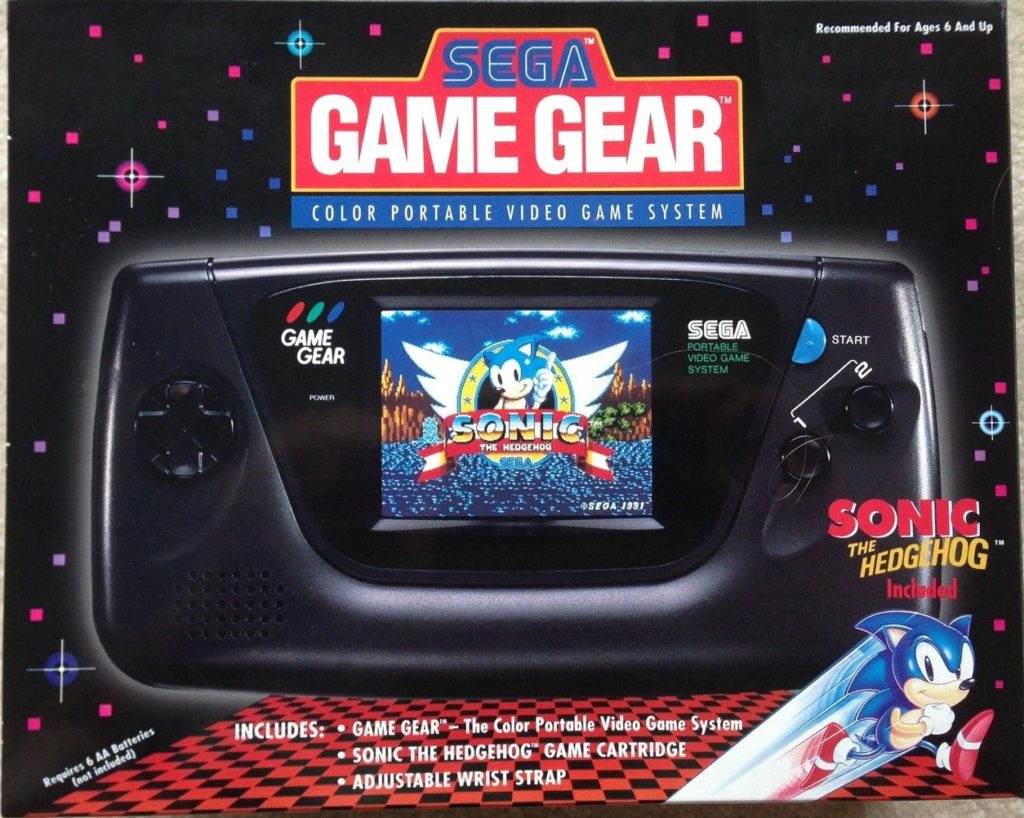
RELEASED: 10/06/90 – (JP), 04/26/91 – (US), 06/24/91 – (UK), 06/1991 – (EU), 07/1991 – (BR)
PRICE: 19,800 yen – (JP), $149.95 – (US), ₤99.99 (UK), R$160,000 – (BR)
TECH SPECS: Zilog Z80 running at 3.5 Mhz, 8KB of RAM, 16KB of VRAM
Resolution/Color Palette: 160×144 pixels, can display 32 colors on screen from 4,096 colors.
Sound Processor: TI-SN76489, stereo sound via headphones.
# OF GAMES: 390 estimated (according to Sega Retro)
BATTERIES REQUIRED: Six AAs for an average of 4 hours play.
NOTABLE ACCESSORIES: Gear-to-Gear Cable, Battery Pack, Car Adaptor, Master Gear Converter, Super Wide Gear, TV Tuner
# OF UNITS SOLD: approx. 11 million units
Most gamers think that the Console Wars officially began around ’91 and ’92, with both Sega and Nintendo vying for consumers’ attention with their 16-bit consoles. Certainly, Sega was more publicly violent towards Nintendo in the early 90s with their aggressive ad campaigns. Years prior to the cutthroat marketing that dominated the 16-bit era, nearly every decision Sega’s console division made was a result of Nintendo’s unbelievable success.
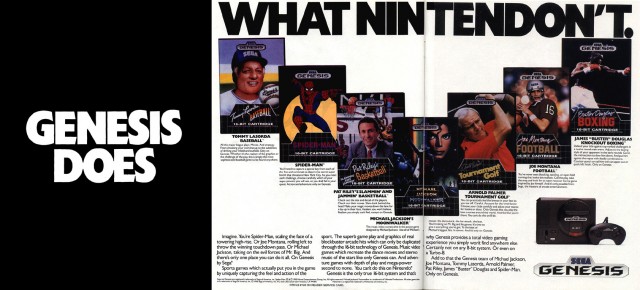
Sega’s first console, the SG-1000 was released on the same day as the Famicom in Japan. Woops! Thanks to poor graphics and a terrible game library, the system couldn’t compete with the Famicom’s popularity, but it still sold well enough to warrant the Mark III/Master System. The Master System, which had sharper graphics than the NES/Famicom, sold even worse than the SG-1000 in Japan, but performed decently in Europe and the States, enough to warrant the Mega Drive/Genesis. The latter was the first 16-bit console on the market, beating the Super Famicom to the Japanese market by two years. Sega hoped that Japanese consumers would be ready to leave the Famicom behind in favor of a more powerful console. But by 1990, the Mega Drive had failed to make a significant impact in Japan.
Other territories were faring better for Sega, though. The Master System was still selling great in Europe where Nintendo had less of a presence, and the Genesis was picking up steam in the US. Rather than aggressively support both home consoles and remain cautiously optimistic, they looked at Nintendo’s success with Tetris and the Game Boy and cried out “Me too! Right now!” This impatience resulted in Sega first handheld system, the Game Gear.
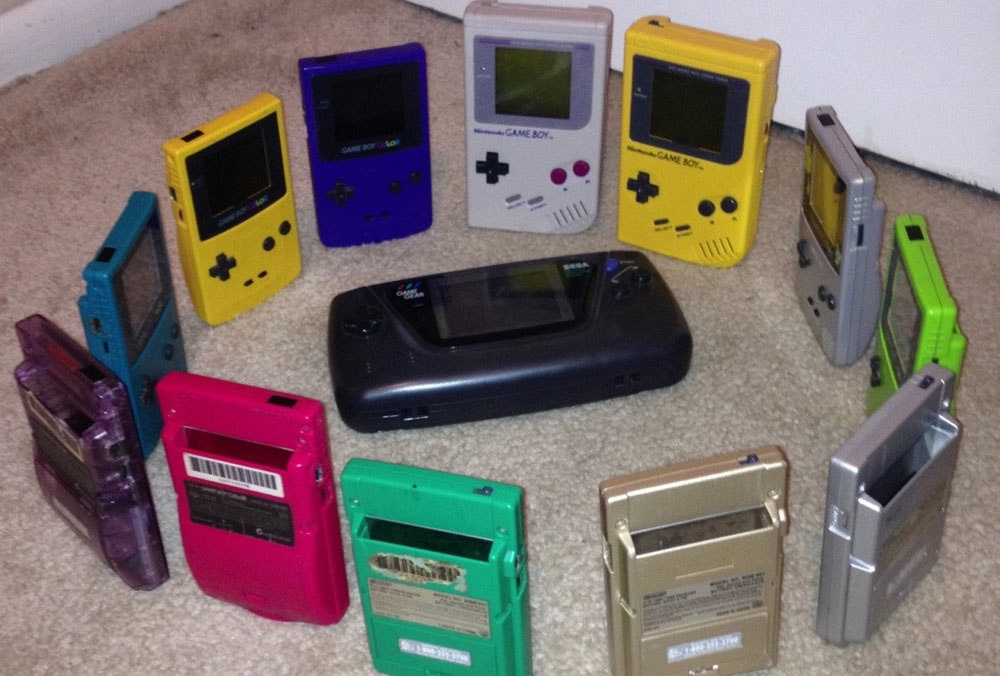
Essentially a handheld Master System, the Game Gear contains the same CPU, the same amount of RAM and Video Ram, and the exact same sound chip. The Game Gear does feature considerably more colors – 4,096 possible colors compared to the Master System’s 64 – but otherwise, the two have identical internal components.
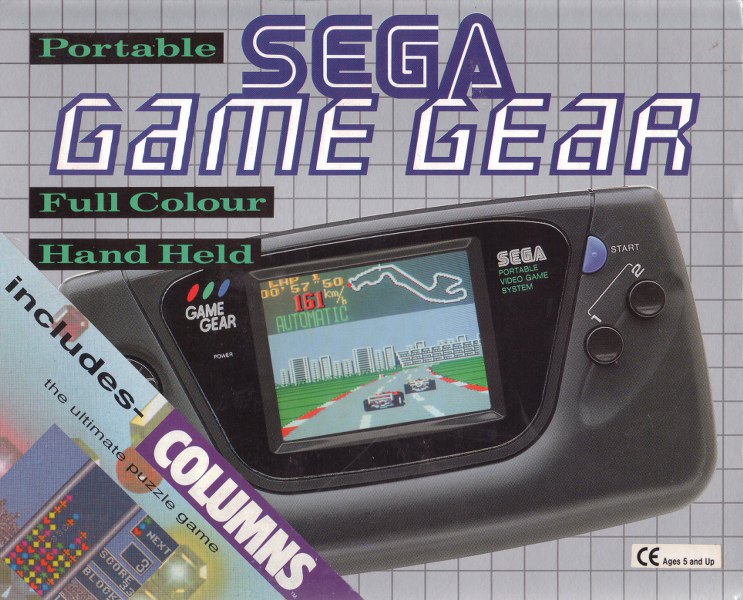
The Game Gear was an absolutely gorgeous handheld for the 90s. Instead of a blurry, difficult-to-see screen with green-and-gray colors, the Game Gear had a full-color, backlit screen. Rather than resembling a white chunky brick, the Game Gear’s black rectangular shape was sleeker and more comfortable to hold.
With beautiful, vibrant color comes a great price. The Game Gear sucked through batteries, with six AAs lasting only four hours, compared to the Game Boy’s four AAs lasting anywhere from 16-30 hours. Because of the short battery life and the fact that the Game Gear was considerably larger than the Game Boy, the handheld didn’t feel nearly as portable or easy to transport as the latter.
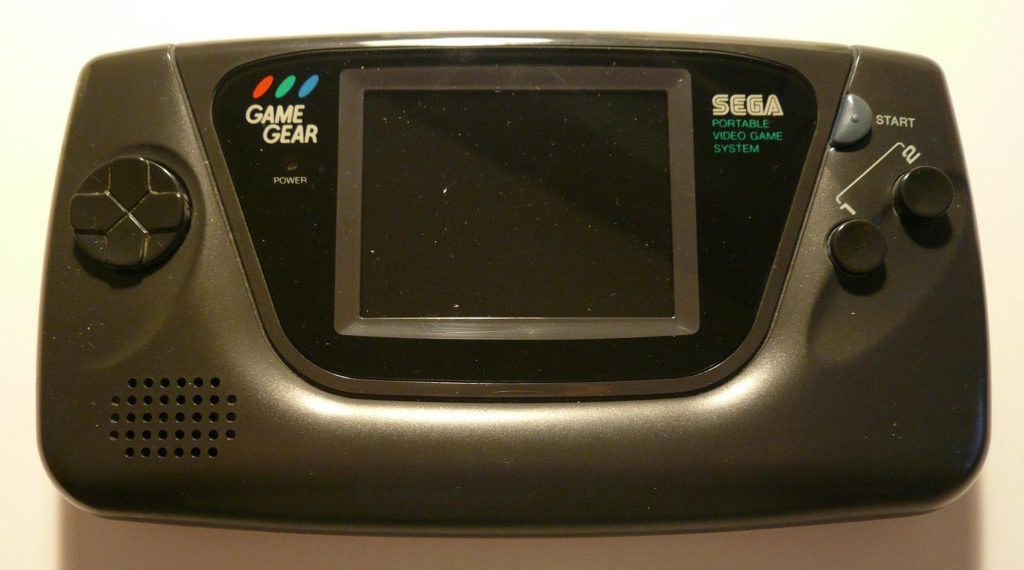
Everyone bought a Game Boy, not because the games looked pretty, but because Tetris was the most addicting game that gamers and non-gamers alike wanted to play. Sega understood this and released their own puzzle game, Columns, to launch alongside the Game Gear in every territory. The only problem? Columns just isn’t as addictive or fun as Tetris. And while the puzzle series certainly found a decent number of fans, the Game Gear had to rely on other tactics to survive next to the Game Boy.
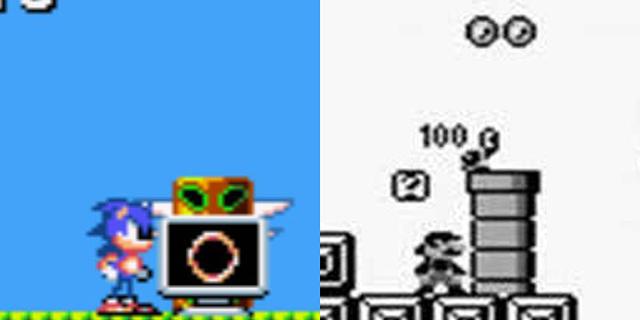
Much like the Genesis ads were targeted towards teenagers in the States, Sega also marketed the Game Gear as the “mature” handheld, compared to Nintendo’s childish Game Boy. Sega’s main reason for doing so was, of course, the color screen – as if choosing a color screen over a monochromatic one indicated that you were a wise, rational adult. Sega also used highly provocative ads to sell the Game Gear in Europe, one of which involves a cartoon man with his back turned, masturbating. The headline reads “Something to Do With Your Hands that Won’t Make You Go Blind.” I know Europe’s more sexually open than the States, but what demographic was Sega trying to appeal to with that one?
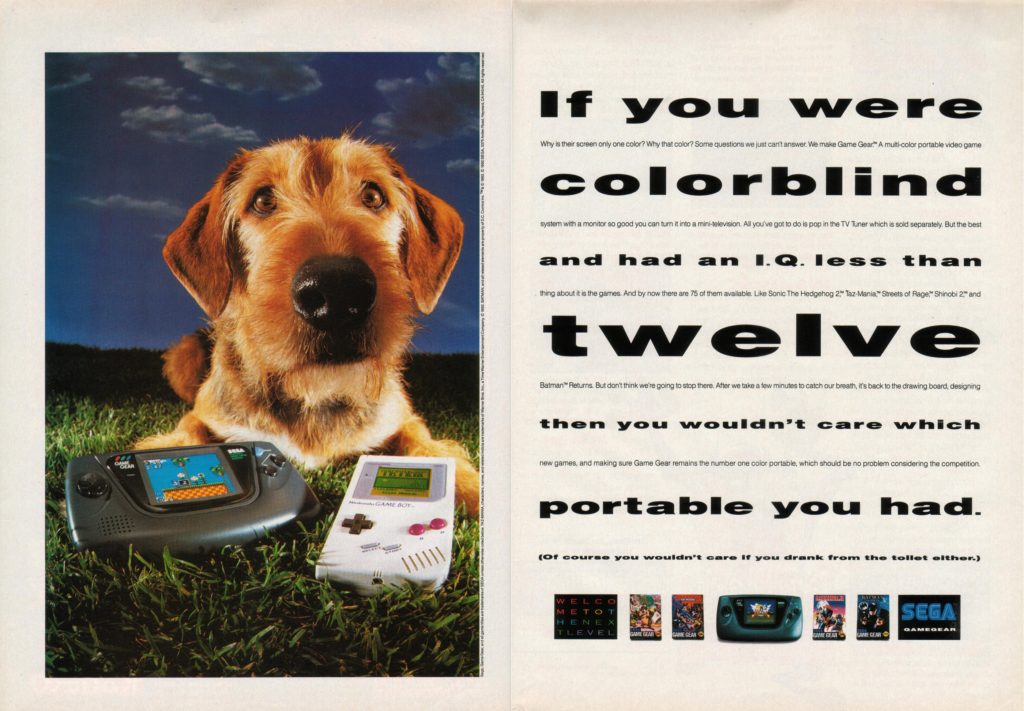
The quality of the Game Gear’s library ranges from decent to underwhelming. But are the games any better or worse than the Game Boy’s? The Game Boy had two enormous games – Tetris and Pokemon – that contributed to the bulk of the handheld’s sales. In between those two worldwide hits were some decent titles and a whole lotta mediocrity. Still, Tetris and Pokemon. Those two games were more than enough for most folks to splurge on the Game Boy. The Game Gear lacked a truly must-have title. Unless you’re a huge Sonic fan who had to collect every new game, or you really wanted to play a portable version of Shining Force or Mortal Kombat II, the system’s library just wasn’t that desirable to the average consumer.
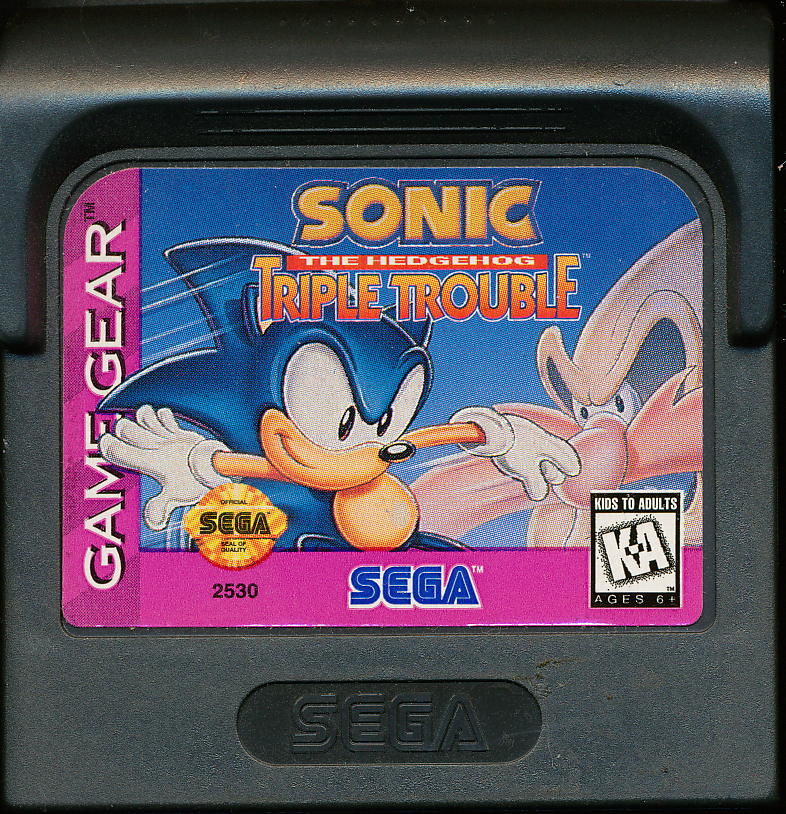
In addition to the lack of a breakout title, the Game Gear’s high price tag ($149.99 compared to the Game Boy’s $89.95), poor battery life, and inadequate support from Sega hindered its ability to compete with the Game Boy. By the time Sega discontinued the system in 1997, the Game Gear only sold about 11 million units worldwide. Compare this to the Game Boy’s 118 million and, well… there is no comparison. The clunky, unattractive Game Boy absolutely destroyed the sexy, fashionable Game Gear.
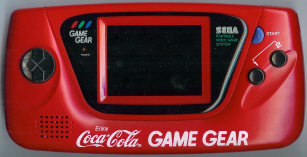
While Sega did release several different colors and bundles for the Game Gear (more in Japan than the U.S.), they never revised the Game Gear like they did with the Genesis, Master System, and SG-1000. Majesco did release a “newer” version of the Game Gear in 1999. It has a darker plastic, a purple Start button, and a slightly sharper screen, but is otherwise the same internally. Priced at a reasonable $30, the system was supposedly only available at Toys ‘R Us and is of a better quality than Sega’s models.
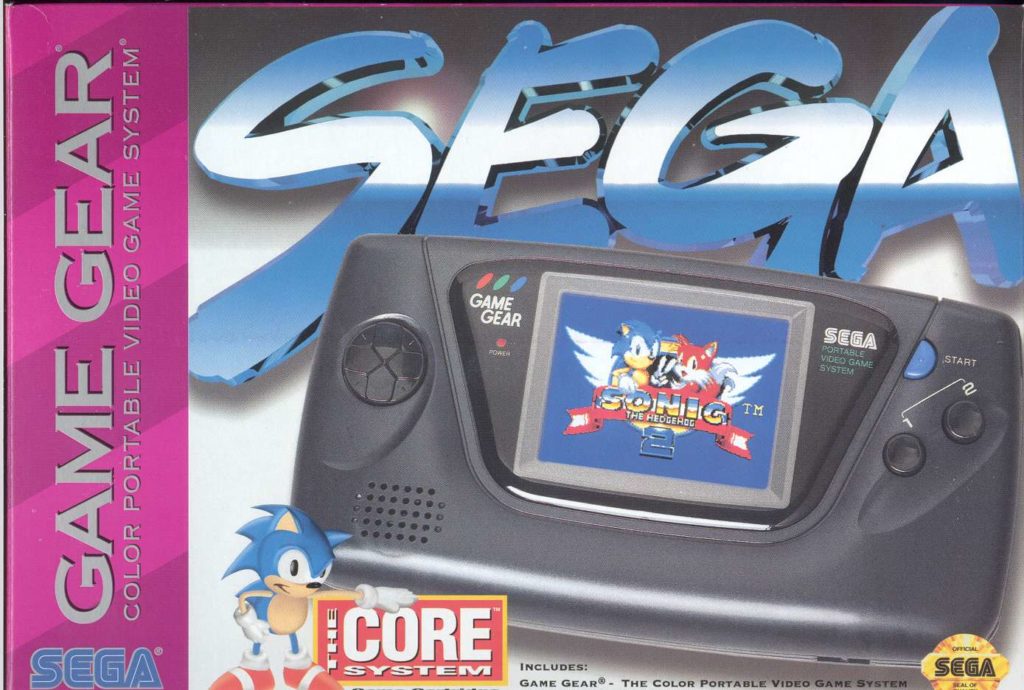
The peripherals for the system range from necessary – like the AC Adapter and Battery Pack – to lavish. The Master Gear Converter allowed Master System games to be played on the Game Gear, and was a great way to expand the handheld’s library for a reasonable price. The TV Tuner cost over $100 upon release, but it did let you watch beautiful 90s television from the palm of your hand. The Gear-to-Gear Cable is necessary for multiplayer, but only works if you have two Game Gears and two copies of the same game.
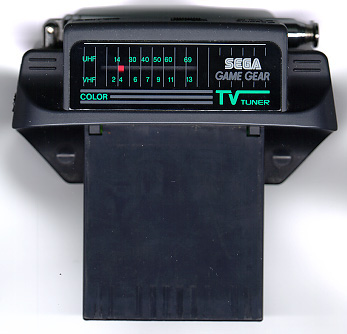
Unless you’re a purist who only plays games on their original hardware, or you have some fondness/nostalgia for the Game Gear, there is absolutely no reason to pick one up now. Capacitor problems are rampant, so finding one without audio/visual issues is very difficult. Using six AA batteries for only four hours of life was ridiculous back in the 90s, and it’s even more so today. The backlit color screen is a blurry mess compared to the PSP, 3DS, Vita, and pretty much all mobile phones. The 3DS Virtual Console does have a limited selection of Game Gear games available – mostly Sonic titles – but if you’re looking for one in particular, you’ll have to, um, find it in the wild.
Despite the Game Gear being Sega’s third highest-selling console behind the Genesis and the Master System, it still feels like a footnote in the company’s history. While the Master System, the Saturn and the Dreamcast are routinely hailed as underrated by the retro gaming community, the Game Gear is hardly mentioned. Is it because the systems are hard to find in good working order today? Is it the bias that consoles are superior to handhelds? Whatever the reason, the Game Gear seems to have just come and gone. Its legacy is tenuous, ethereal even, and this makes it difficult to judge its place in gaming history.
*Images courtesy of SegaRetro, ArsTechnica, DigitalSpy, ElHype, and MobyGames.

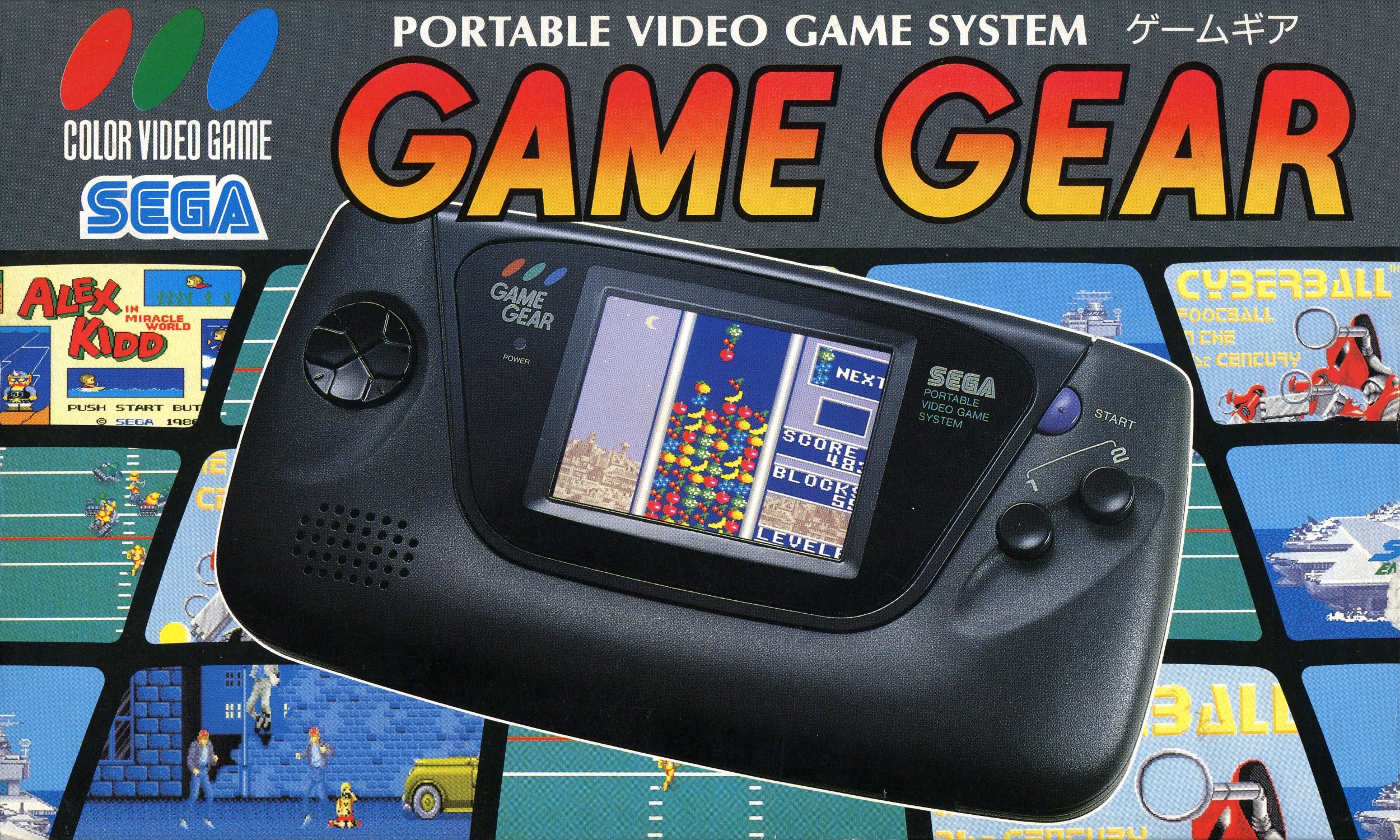
25 replies on “Sega Game Gear”
That Game Gear ad is a textbook example of why I absolutely hated Sega until being wowed by the Dreamcast.
The dog one or the one I wrote about in the text?
The dog one.
Yeah, I get that. It’s a pretty awful ad in keeping with Sega’s modus operandi at the time.
“Columns just isn’t as addictive or fun as Tetris”
I will literally throw rocks at you if you say that one more time!
He who is without sin cast the first gem, bruh.
Good stuff. I actually bought a Game Gear about a year ago, and (after repairing the capacitor issues), I was actually pretty surprised by how much I liked it. While tethered to the AC plug, of course.
Boy is Streets of Rage 1 rough on it though. Even worse than the Master System version :/
I have a feeling I’ll be playing a lot of rough ports on the Game Gear…
The Game Gear is the last console I picked up. It never interested me back in the day.
After the almost now obligatory capacitor replacement surgery (relatively inexpensive on eBay). I admit to being pleasantly surprised. The screen while not upto modern handheld standards is better than expected. Got myself some rechargeable batteries and I am having fun with it.
I am also contemplating another mod that replaces the screens back lighting with LED lights to improve battery life.
The biggest problem with the Game Gear both retrospectively and contemporary (and the reason I never picked one up) is the games library is bar a few exceptions the same as the Master System, especially here in Europe where they ran pretty much concurrently with releases.
Yeah, I didn’t realize until starting this blog just how many Game Gear games are Master System ports. That being said, it will be interesting to compare the two to see which version is superior.
I was always surprised how big and unwieldy the Game Gear was, thought the Game Boy blew it away in terms of games and mobility.
If memory serves me correctly, isn’t the Game Gear technically better than the MS? Something about more colours? Either way, lots of Master System ports await….
Way more colors, but otherwise completely the same.
Our family had a Game Gear when I was a kid, and while the hardware was nice, I just could never really get into that system.
The library is pretty spotty, but it does have some good games, some that aren’t even Master System ports.
I can say that the biggest draw probably was the TV tuner. That thing was amazing whenever the power went out in the house, and I remember watching at least one Superbowl that way. Sadly its mostly useless now that the US has switched over to digital television broadcasts.
As for Pokemon, it was a massive hit for the Game Boy and completely revitalized that system, but to be fair, it didn’t actually come out in the US until after the Game Gear was basically dead.
Being a huge Sega fan, even I never bought a game gear. I suppose it did well enough, but nobody could compete in that space with Nintendo. I think the hardware was fine , but battery life is atrocious compared to Gameboy. Plus the higher price. You could play SMS on your Genesis. So I just didn’t see the appeal. My first handheld was a GBA actually. (Unless you want to count the Sega Nomad.) I actually like the Lynx better when I played it. It was a pretty powerful piece of hardware but suffered from being much larger and also being a battery sucker with a high price. So I largely stayed out of handhelds. So anything you cover will largely be new ground for me. Looking forward to it.
Thanks Sean. My first portable was a GBA also! I was so stoked to have what amounted to a portable SNES.
If I may, I’d like to offer a correction. You said at the end that the Majesco unit, while containing a slightly sharper screen, was essentially the same, internally, as the original Sega Game Gear models. That’s not entirely true. Majesco units were better built, and contained much higher-quality capacitors. Most of the Majesco GG units still work w/o issue these days, while those of us with original Sega units are almost guaranteed to have to replace the caps. I have 2 GG units, a standard black, and also a blue one, both of which power on and have sound, but no video because of the capacitor issue. In any event, the Majesco units were a higher build quality than Sega’s own Game Gear hardware, just so you’re aware.
I remember briefly playing a Game Gear and being absolutely wowed by it. I had a friend who brought one with him to summer camp, and he let me play with it on the bus for a few minutes, and I got to experience Sonic the Hedgehog, and Mortal Kombat, of all things. I was totally blown away at how much better everything looked than my old Game Boy. By that time, I had sold my GB and was fully entrenched in the Genesis, and though I lusted after a Game Gear, I sadly never had the cash to get one. These days, however, they’re dirt cheap to pick up. I know you said there’s little reason to get one, but I would offer a counterpoint – there are enough exclusive titles for the Game Gear, or enough really good versions of other games ported to the system (like the aforementioned Streets of Rage port, or a surprisingly excellent port of Fatal Fury Special, which I’m sure you’ll get to down the road) to justify the purchase for a handheld gaming enthusiast. Sure, I speak from the perspective of someone who’s trying to review every US Game Boy game, and generally has a vested interest in portable gaming, but I still think there are enough good titles on the system to make it of interest.
Hmm, in my research I did not come across that Majesco information. Can you provide a link for that?
I guess my biggest issue with the Game Gear – besides the crappy capacitors – is that it’s… not really a great portable system? Sure, you could plug it in at home and play for hours, but unless you’re the child of a battery mogul who has thousands of spare AAs at the ready, forget about taking it anywhere.
I am looking forward to playing some of the games, though.
Here’s a couple good sources:
http://retrorgb.com/gamegearversions.html
http://www.gamesasylum.com/2014/07/18/majesco-and-the-sega-game-gears-second-lease-of-life/
It’s all over forums like Digital Press as well, talk of the Majesco systems being less prone to capacitor failures, leaky or exploding caps, etc.
Thanks!
I didn’t lust after either system at the time, until Link’s Awakening came out. No way the GG could compete with that, although it was the first and last game I bought for the GB.
Funny how things change though. For the last 10 years I’ve been exclusively into handhelds (including console emulation via PSP and DS) and PC gaming. Modern consoles don’t do much for me.
Early handhelds weren’t my bag either, but every Nintendo handheld after GBA has been great.
I never got into the Game Gear, mostly because I didn’t want to play rehashes of Master system games I already played. Can’t understand the capacitor issues. Why and how did Sega change them so they can’t last 20 years? No problems with Genesis or Master System capacitors.
The only portable system I enjoyed was the PSP, which I loved dearly. Game boy sucked with blurry gray graphics and Game boy Advance had its own set of issues (no backlit screen with lots of glare)
It will be interesting to read the reviews and see if there are any standout or hidden gems.
Recently been playing Sonic on the Game Gear and was pleasantly surprised at some changes from the Master System version. Although essentially the same game some minor changes are made to some level structures to make it work better in the Game Gear.
Not sure if this effort is consistent throughout the library but will be interesting to see.
As I have shared previously, I bought my Game Gear with money saved up from allowance and birthday money, buying it shortly after I turned 11. We had a Master System and a Genesis (and a Power Base Converter for that matter), so obviously I had a mad on for the SGG. And frankly it did not disappoint! I never cared much for the battery issue — purple Radio Shack rechargeable AAs! — because I mostly played it in the car, or in my bedroom after lights out with the AC adapter.
There were a lot SMS ports, sure. But there were a lot of original games as well, or games which I never found for the SMS, which made them de-facto original titles for me. By 91, the only place to buy SMS games in my neck of the woods was a flea market, so later SMS entries shared with SGG were SGG Exclusive to me! (And I had a Master Gear anyway, so I could play Out Run and Space Harrier and all the rest without buying a port.)
The fact that it was “mine” — paid for with my own money — gave me a real sense of ownership and loyalty to the platform. Couple this with how inexpensive the games were — trips to the mall in high school could often yield a new game or two from KB Toys — made it easy to grow my fandom for the system. (Two KB Toys pick ups — Fatal Fury Special, starting my love affair with that series, and Mega Man, which routinely goes for decent bucks on the eBay.)
And I still have my original wrist strap!
Thanks for sharing your Game Gear story, Luke! The first system that’s officially “yours” always feels so sweet. Also… Master System, Genesis, Power Base Converter, Game Gear, Master Gear… you’re Sega’s prize consumer! Looking forward to your thoughts on upcoming GG games!